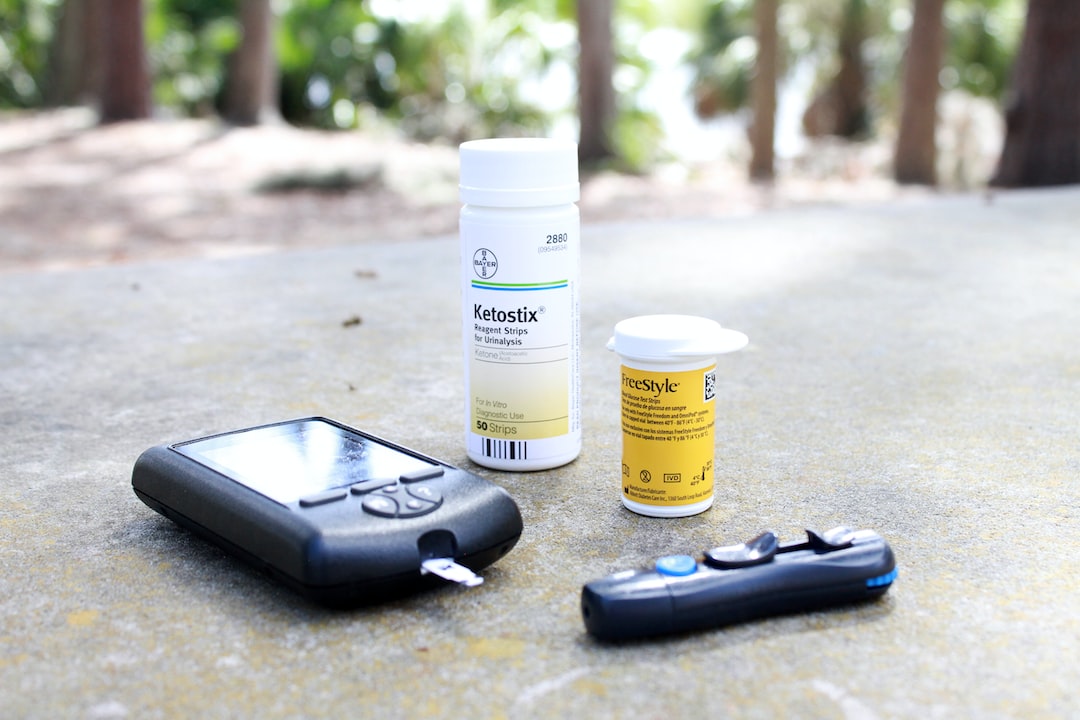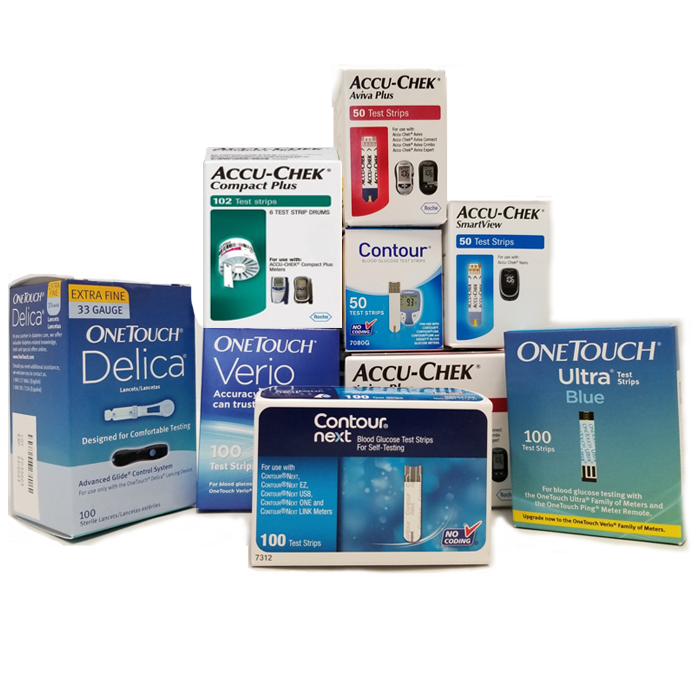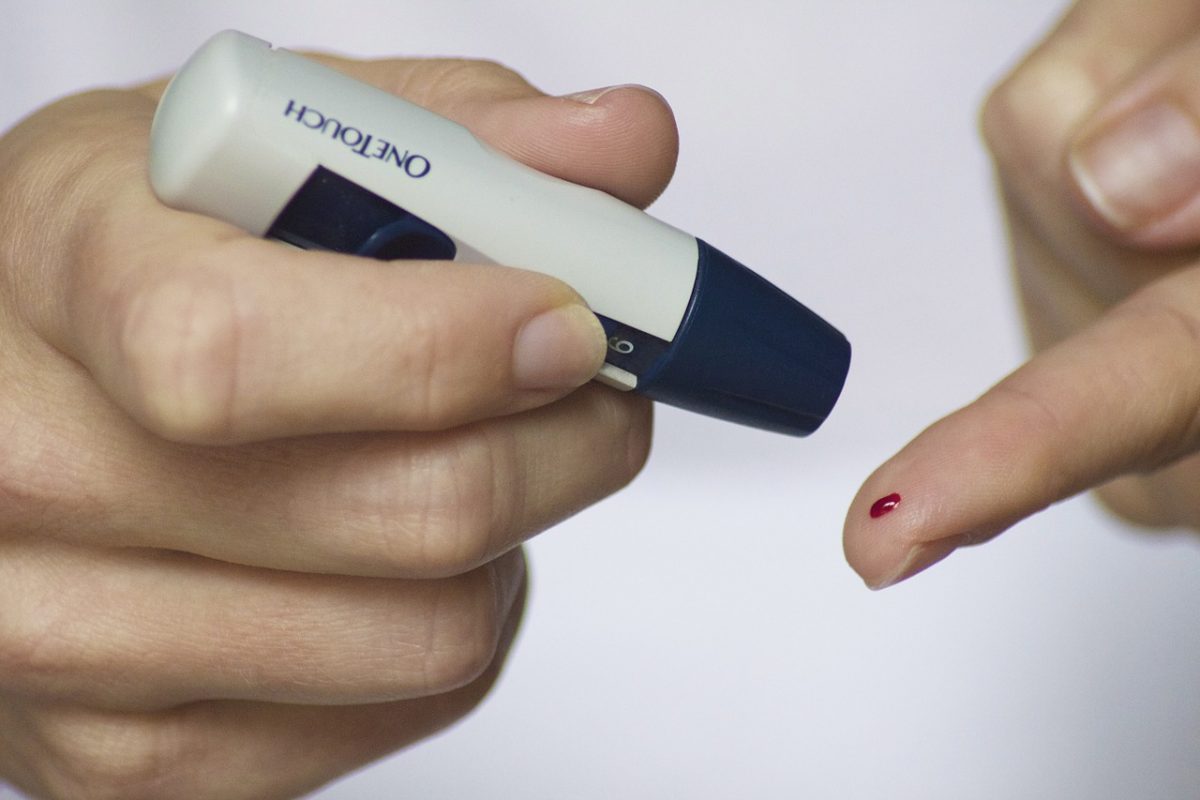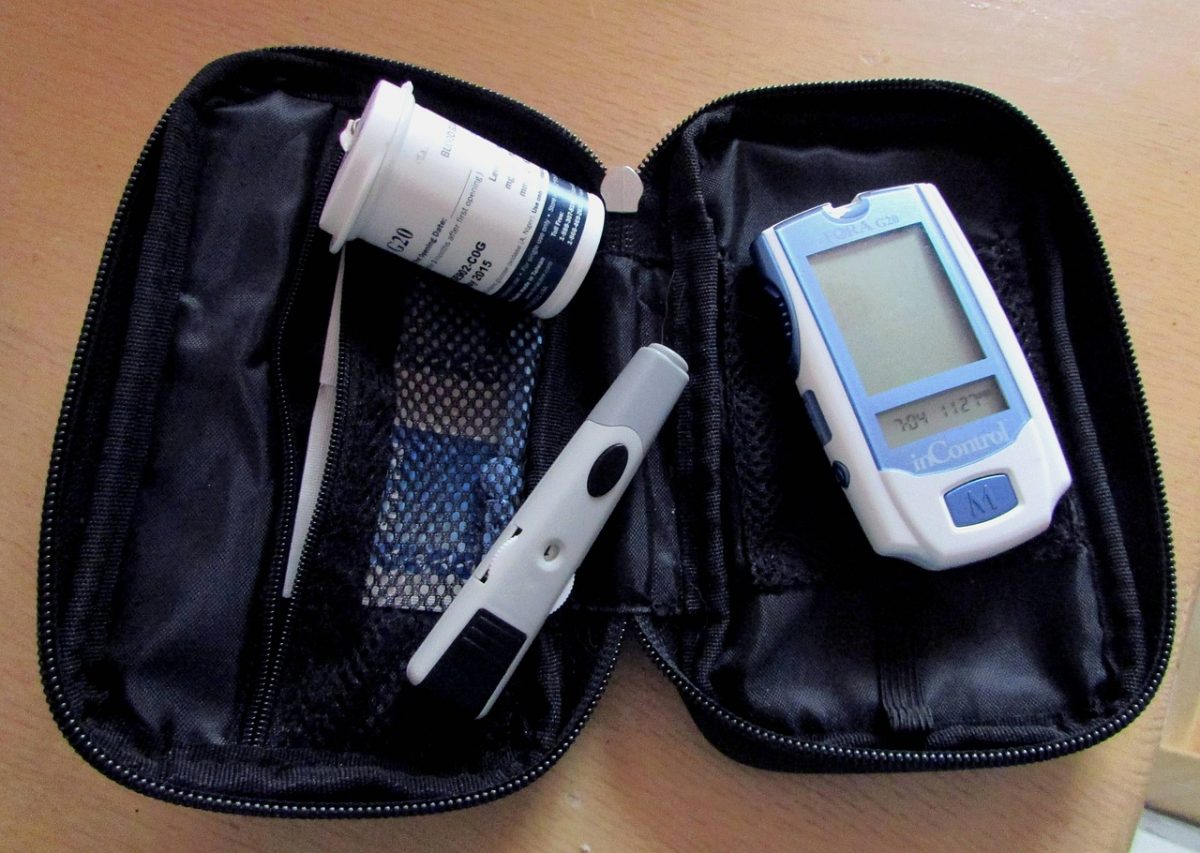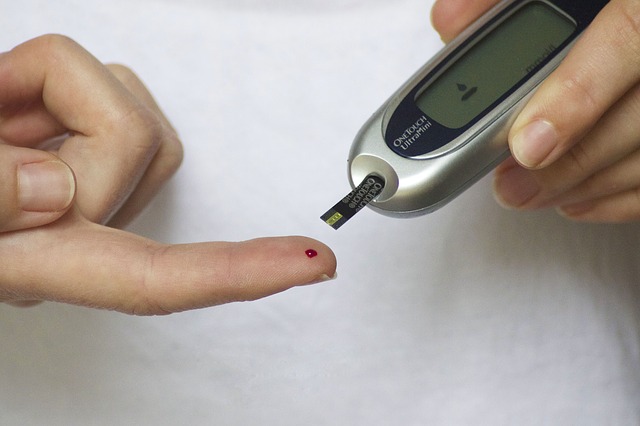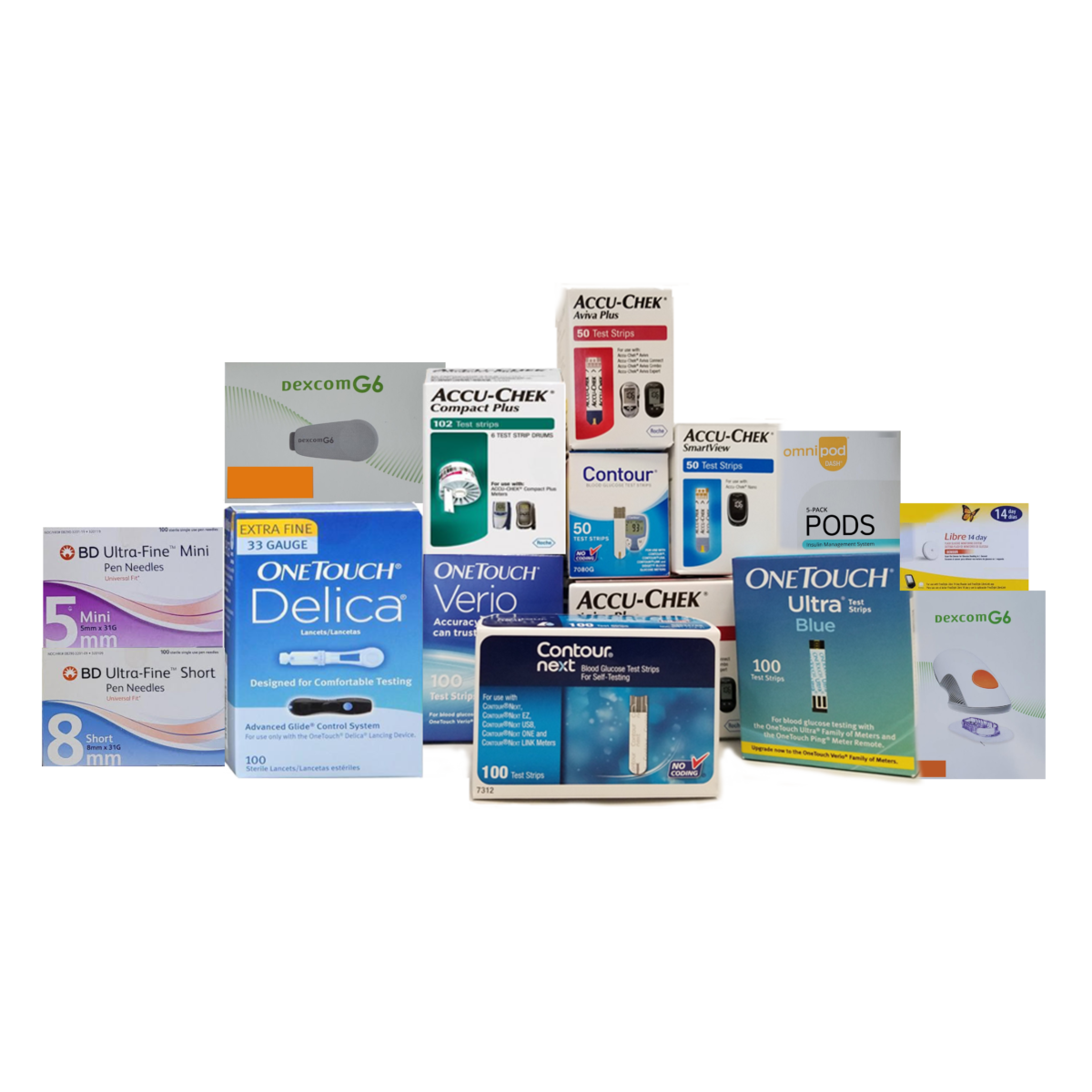Inflation has issued a major hit to the budgets of everyone. The cost of everything has dramatically increased and many individuals are seeking legitimate ways to put some extra cash in their pocket, preferably from the comfort and convenience of their home. The following are some easy ways to earn extra money online. An added advantage is that it allows people the flexibility to work the hours they want.
Sell Your Test Strips
Companies buy diabetic test strips and resell them at a discount to those who are underinsured, uninsured, low-income, and on fixed incomes. Major brands are eligible, as long as they weren’t paid for by a government-based healthcare program. The strips must be new, unopened, and have a long expiration date. The companies pay for all postage costs.
Be a Virtual Tutor
Now is a great time to become a virtual tutor. Many children are struggling due to the pandemic and need assistance in maintaining grade level skills.
Sell Your Extra Photos
Marketers, bloggers and websites are always in need of creative, high-quality stock photos. You can post your images to companies that resell them for you or sell your rights to them. Some of the best sites are Dreamstime and iStock. Other companies include 123RF, Adobe Stock, Foap, Getty Images, and Alamy in Britain. You might also consider opening a storefront on Etsy.
Translate Text
Companies, non-profit organizations and even governments need people to translate everything from marketing materials to educational materials. Individuals fluent in Arabic, Dutch, French, German, Hebrew, Hindi, Italian, Japanese, Korean, Mandarin, and Spanish are especially needed.
Be an Interpreter
American sign language (ASL) interpreters are in very high demand. The specialists are often utilized to create videos from home of scripted messages for companies, non-profit organizations and marketers.
Enter the Gig Economy
People worldwide are selling their writing, programming, voice over, graphic arts, and musical skills online through orders called gigs. One of the best-known platforms is Fiverr, with an extensive list of services offered by freelancers.
We Buy Unused Diabetic Test Strips and Supplies
If you would like to find out about earning cash for your unwanted, unused, and boxed test strips, complete our online quote form today.
If you have extra, unopened and unused boxes of diabetic test strips – whether you have switched brands, no longer need to test or test less frequently, or have a loved one who has passed away – don’t let them gather dust until they’ve expired and end up in the trash. We’re the best place to sell diabetic test strips online, and if you want to sell your test strips, we’re here to make the process easy and enjoyable!
Visit us at Sell Your Test Strips and get your free quote today!

